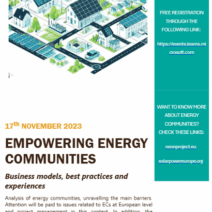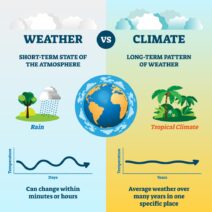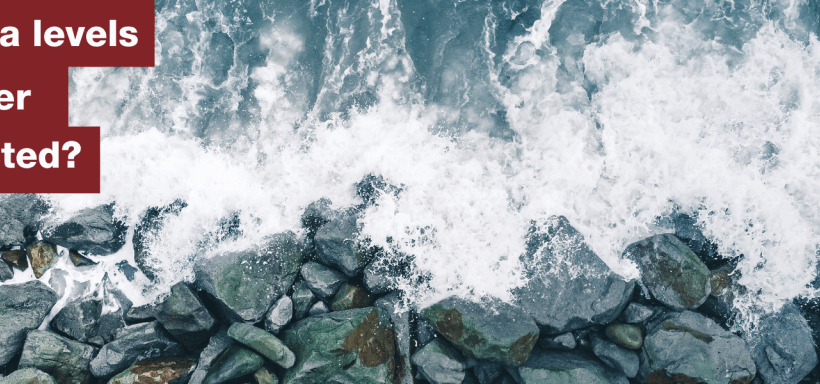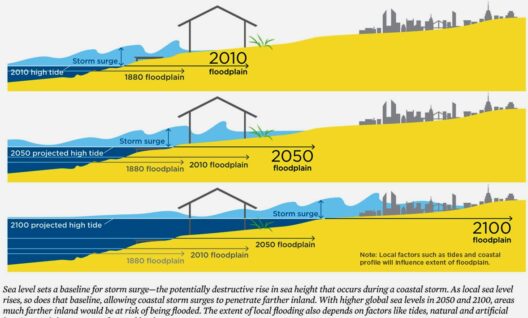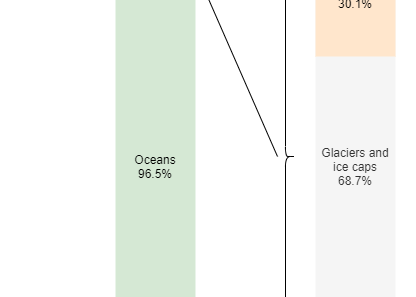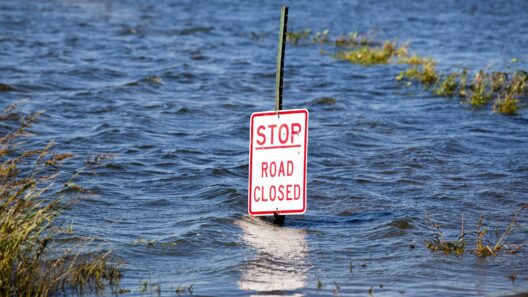The panorama of our planet is changing, its contours subtly warped by the relentless forces of nature and humanity. Among the most treacherous manifestations of this shift is the alarming rise in sea levels. This phenomenon, much like a creeping tide, portends a multitude of challenges that warrant our immediate attention and respect. Understanding what is bad about rising sea levels is not merely an exercise in environmental science; it is an urgent exploration into a future at risk.
As waters encroach upon coastal habitats and infrastructure, the ramifications extend beyond mere physical loss; they threaten ecosystems, livelihoods, and ultimately, human existence itself.
Shifts in Coastal Geographies
Rising sea levels are akin to a surreptitious thief, stealthily pilfering land that has long been home to vibrant communities. Coastal cities, which are among the most densely populated areas on Earth, are particularly vulnerable. Miami, New Orleans, and Jakarta stand as proverbial canaries in the coal mine. In these regions, encroaching waters do not just erase beaches; they jeopardize homes, schools, and businesses, suffocating the essence of livelihoods.
The assault of saltwater intrusion is of grave concern, polluting freshwater aquifers that communities rely upon for drinking and irrigation. Once-bountiful lands can quickly be rendered barren. The resonance of a once-lively fishing harbors humming with local economic vitality is replaced with the silence of abandonment. Empty homes become ghostly reminders of past lives, mementos of human resilience washed away in the deluge of a warming world.
Impacts on Ecosystems
The consequences of heightened sea levels are not confined to the principles of urban development; they ripple outward, generating disturbances in ecological equilibrium. Mangroves, wetlands, and estuaries serve as critical buffers against storm surges while providing habitat for myriad species. Yet as the tides rise, these invaluable ecosystems confront existential crises of their own.
As saltwater infiltrates terrestrial ecosystems, many flora and fauna find themselves ill-equipped to adapt. Species that once flourished in brackish waters may not withstand the salinity changes. The intricate web of life woven in coastal areas begins to unravel. Biodiversity, often considered the backbone of ecological resilience, teeters on the precipice of collapse.
The fate of migratory birds hangs in the balance, as nesting sites disappear beneath swirling waves. Coral reefs, one of Earth’s most exquisite ecosystems, are further imperiled when sea levels rise, depriving them of essential sunlight and exacerbating the threats posed by ocean acidification. As these vibrant underwater gardens fade, so too does the rich tapestry of marine biodiversity that depends upon them.
Economic Reverberations
Beyond the tangible destruction of land and ecosystems, the rising seas invoke a profound economic crisis. Trade routes, fishing industries, and tourism hubs flourish in coastal areas, supporting livelihoods across the globe. With sea level rise translating to increased flooding and the destruction of critical infrastructure, economic stability may swiftly unravel.
Insurance costs will skyrocket as risk assessment models grapple with the reality of climate-change-induced catastrophes. Whole economies may face massive shifts, forcing communities to adapt to escalating financial burdens or, worse, the loss of their homes and businesses. The ripple effect of these changes can be felt far beyond the shores; it reverberates through national and global economies.
The looming specter of climate refugees, displaced from their homes by rising seas, presents another economic and humanitarian dilemma. As entire populations are forced to relocate, governments and societies are challenged to accommodate and integrate the displaced, often amidst fraught political tensions.
The Combination of Climate Events
The impact of rising sea levels cannot be understood in isolation; it is part of a broader tapestry of climate events. As average global temperatures rise, the frequency and intensity of storms increase. The culmination of these factors precipitates a cycle of destruction. Hurricane harbingers unveil their ferocity against an ever-rising tide, exacerbating the inundation of vulnerable areas and challenging disaster preparedness efforts.
In many instances, the most disadvantaged populations suffer disproportionately, highlighting the urgent need for equitable climate action. Rising sea levels break down barriers between environmental, social, and economic issues, demanding a collective response encompassing various sectors of society.
Resilience in the Face of Adversity
Amidst the somber portrait painted by rising sea levels lies a call to action for resilience and innovation. Coastal communities are exploring adaptive strategies: from enhancing sea walls to implementing green infrastructure solutions like restoring wetlands and mangroves. These initiatives not only bolster defenses against encroaching waters but also rejuvenate ecosystems, offering a dual benefit for the environment.
Urban planners and policymakers are being challenged to envision resilient coastal cities, integrating thoughtful designs that accommodate nature rather than fight against it. Sustainable practices, community engagement, and global collaboration will be vital in addressing the tidal wave of challenges that rising sea levels present.
In conclusion, the specter of rising sea levels serves as both a warning and a prompt for change. The collective responsibility to safeguard our shores and the communities that inhabit them must be embraced with urgency and compassion. To wake from this slumber of ignorance will require a commitment to new narratives centered on resilience, innovation, and an enduring respect for the delicate balance that sustains our planet.

